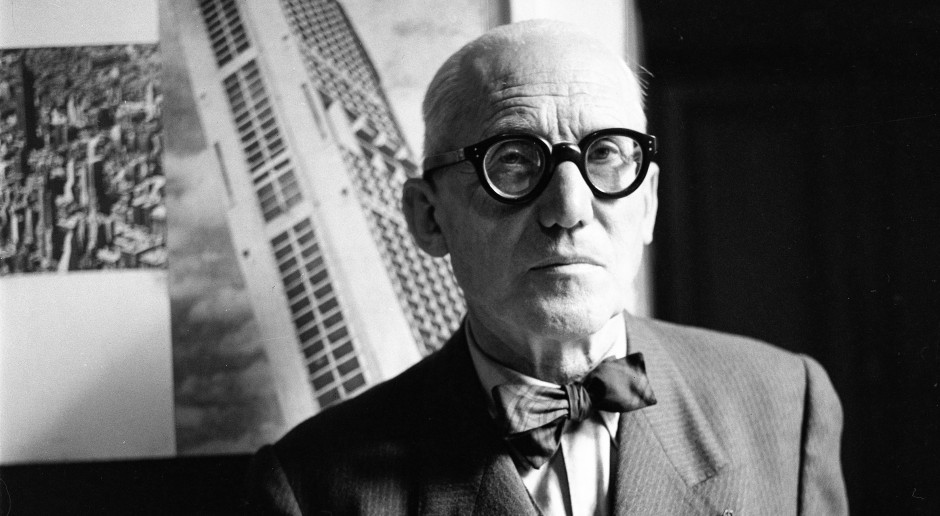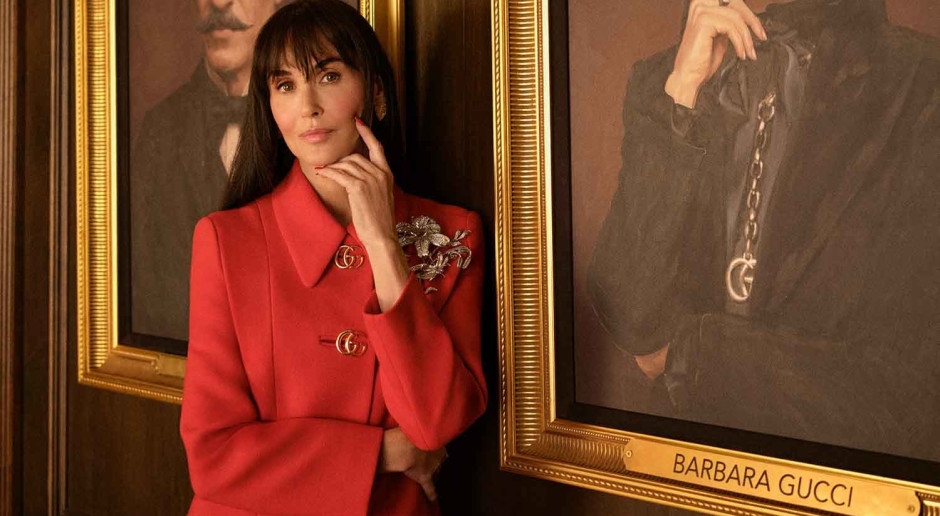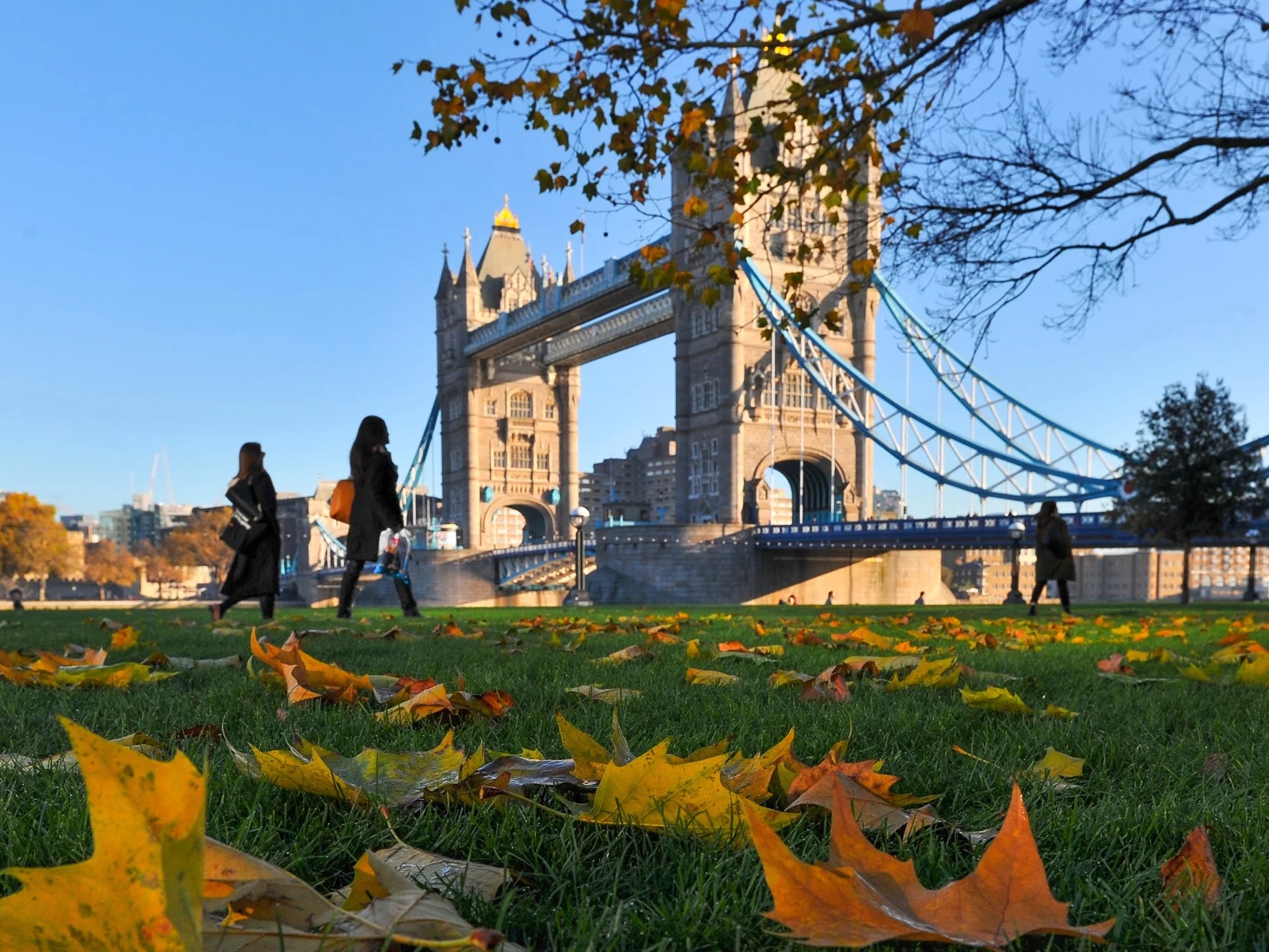This house was Le Corbusier's lifelong obsession and... probably the last thing he saw before his death.

Every year, the Lonely Planet guide publishes a "Best in Travel" list of the most interesting travel destinations. One of the proposals in the 2026 edition may particularly appeal to lovers of modernist architecture. It's the E-1027 villa on the French Riviera, designed by Eileen Gray. The British woman built it for her boyfriend. This house later became the subject of Le Corbusier's obsession. Significantly, the famous architect died in 1965 of a heart attack while swimming in the sea just below E-1027.
Born in Enniscorthy, Ireland, in 1878, Eileen Gray grew up surrounded by art from a young age thanks to her father, a landscape painter, and it was with his support that she decided to pursue an education in this field. At his urging, she enrolled at the Slade School of Fine Art in London , where she began studying painting in 1898. She was one of the first women accepted. In 1902, she moved to Paris, where she continued her studies. She also trained in carpentry. However, it was not her paintings that brought her to the forefront, but her utilitarian objects, which she infused with the spirit of modernity.
After World War I, she began working as an interior designer. In 1919, she received her first major commission , furnishing the apartment of milliner Suzanne Talbot on the rue de Lota in Paris. Her clients included writer James Joyce, poet Ezra Pound, and fashion designer Elsa Schiaparelli.
Eileen Gray embraced modernism and minimalism. She was one of the first to incorporate materials such as chrome, glass, and steel tubing into her furniture design. She also created the Bibendum armchair, inspired by the Michelin Man. She also translated her innovative approach to design into the language of light, designing the Tube Light lamp in 1927, whose central element is a vertically positioned fluorescent lamp—the first to be used in this way. The E1027 adjustable table became one of the most famous and frequently copied designs in the world. In 1978, it was included in the permanent design collection of the Museum of Modern Art in New York.
 Eileen Gray Photo. Fine Art Images/Heritage Images/Getty Images
Eileen Gray Photo. Fine Art Images/Heritage Images/Getty ImagesIn 1926, Gray embarked on an incredibly ambitious project: designing a house in Roquebrune-Cap-Martin in the south of France. The design was created for her beloved, Jean Badovici, a French architecture critic of Romanian origin. This is clearly emphasized by the villa's name: E-1027. The code refers to their first and last names. This was the first such project she completed, as the artist had no architectural training—she was self-taught .
The villa was situated on a rocky slope overlooking the Mediterranean Sea. The structure was built in an L-shaped plan . The interior of the simple, white structure was filled with furniture designed by Gray, which remains a canon of minimalist interior design and functionality to this day. The house outlasted Gray and Badovici's relationship. They separated in 1932, three years after the villa's completion.
 Villa E-1027 on the French Riviera. Photo: Boizet E/Alpaca/Andia/Universal Images Group / Getty Images
Villa E-1027 on the French Riviera. Photo: Boizet E/Alpaca/Andia/Universal Images Group / Getty ImagesToday, the design is considered an architectural icon. It was so significant that Le Corbusier , dubbed the "Pope of Modernism," became obsessed with it. The Swiss-born French architect was a frequent visitor to the villa, even after the couple's separation. His admiration for the design quickly turned to jealousy. Some experts claim he couldn't bear the fact that such a concept had been conceived by a woman. He reportedly tried to buy the villa several times, ultimately deciding to leave his mark on it.
Contrary to Gray's intentions, who stripped the interior of any wall decorations, the architect tricked her into painting two murals, which the designer felt were a simple act of vandalism.
After this, Gray never returned to the villa, and L e Corbusier bought a plot of land nearby on which he built his own house. To the end, he looked with envy upon the result of Gray's genius, and many indications suggest that the villa was the last thing he saw before his death. In 1965, the "Pope of Modernism" suffered a heart attack while swimming in the Mediterranean Sea and drowned.





